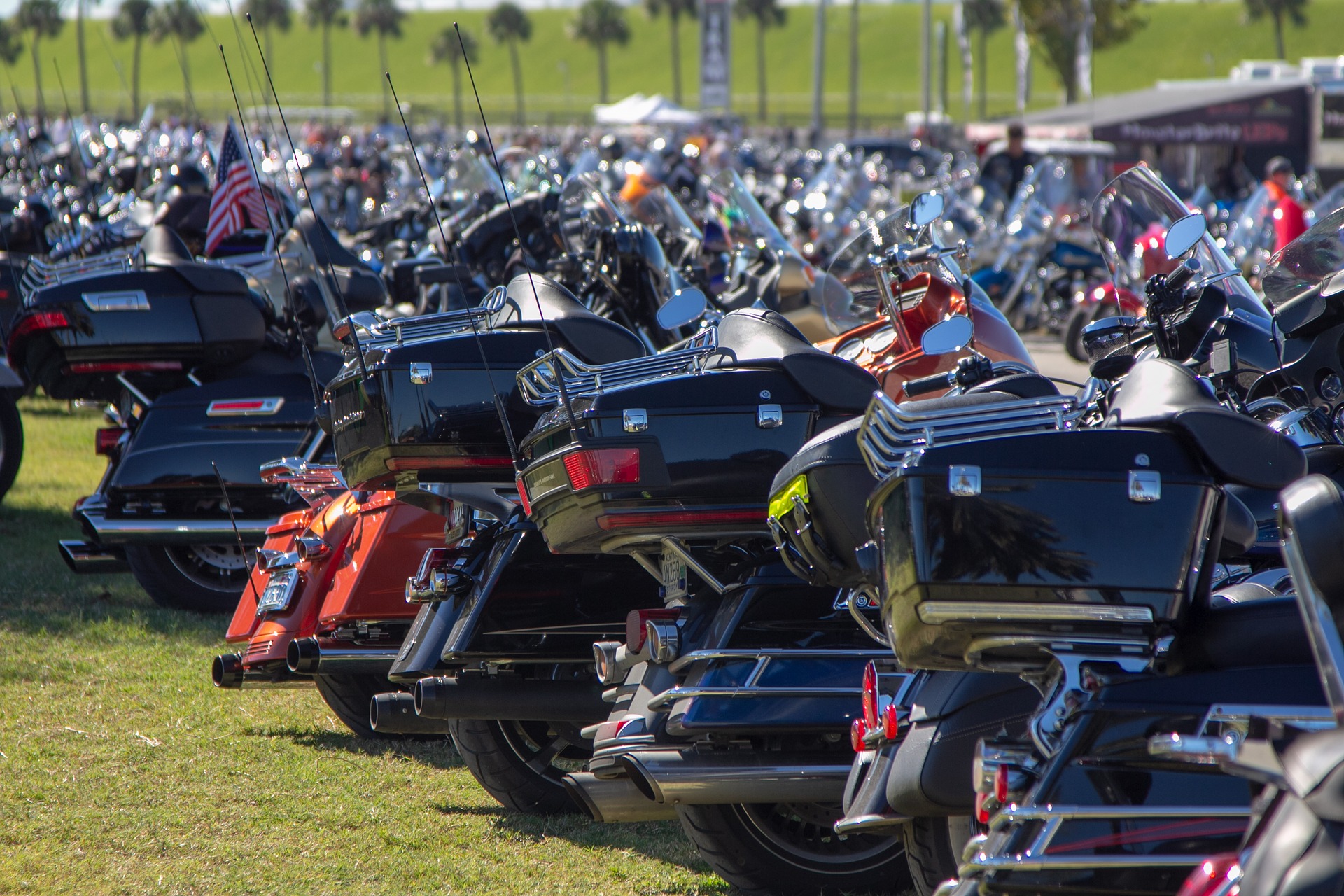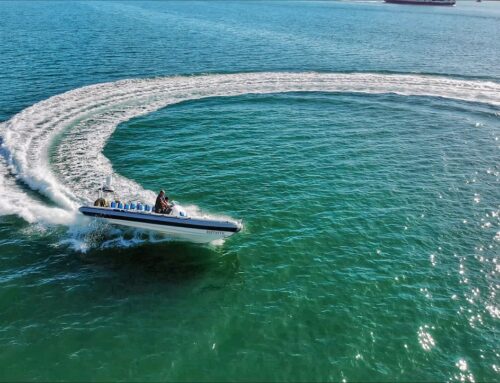As we head into “season” in Southwest Florida, driving becomes a bit more perilous. Our streets are now crowded and much busier than the rest of the year. Not only that, the additional drivers are part-time residents, snowbirds, and tourists. In short, a lot of people who are not accustomed to driving our roads every day. Because of our beautiful weather over the winter months, Florida also attracts quite a few bikers. After all, what is better than riding a motorcycle in gorgeous weather? While most motorists are completely comfortable with basic laws regarding cars and trucks on the road, they may not be as comfortable traveling side by side with individuals on a motorcycle. What are the Florida motorcycle laws that apply to bike riders? In addition, what do motorists need to know about sharing the road with a motorcyclist?
Did You Know? There are approximately 45 biker rallies held annually in the state of Florida, including Daytona Bike Week and Thunder by the Bay in Sarasota. These events attract thousands of bikers to the area.
Florida Statute 316.405 stipulates that motorcycle operators are always required to have their headlights turned on. This precaution better ensures they will be seen by the other vehicles on the road. A motorcycle rider can be charged with negligence if there is an accident and they had not employed their headlight. Although other statutes regulate how a motorcyclist can carry other people or packages while driving, these do not affect other vehicle drivers directly.
However, drivers need to be aware of more than Florida motorcycle laws to share the road safely. Motorcyclists are in danger of serious injury or death in the event of an accident, as they do not have the protection of a motor vehicle frame around them.
- Differences in Braking Ability: It is harder to stop a motorcycle than a car or truck. Bikers need at least 120 feet to slow from 60 mph to zero, as long as road conditions are good. If a motorcycle driver hits their brakes too rapidly, they are in danger of flipping over the handlebars as the momentum will propel them even as the bike stops. According to Bikesafer.com, a motorcycle moving down the highway at 65 mph requires an average of 3.83 seconds to stop. Because of these dangers, motorists should be aware of motorcycles’ braking capabilities – and limitations to avoid a serious accident.
- Blind Spots: One of the most common causes of motorcycle accidents is related to blind spots. It is far more challenging to spot a motorcycle in your blind spot than a large truck. Those driving cars on Florida roads should turn their head to check their blind spots before changing lanes.
- Bad Weather Conditions: Although the winter season is typically dry, Florida weather is always unpredictable. Also, by April, the rains begin again. When the roads are wet, and the visibility is low, it can be challenging for motorcyclists to navigate safely. Their helmet is in direct contact with rain, which can impair vision – and their bike can hydroplane more easily than a car. If the wind is a factor, bikers can also be pushed across a lane without notice. In general, drivers should slow down and remain vigilantly aware when driving near a motorcycle in bad weather.
If you have been injured while riding a motorcycle, there are many costs incurred for which you may be reimbursed. These include medical care, prescription medications, loss of wages, loss of future earning capacity, pain and suffering, trauma, loss of companionship, consortium, and enjoyment of life.
The experienced personal injury lawyers at Probinsky & Cole have the skill and expertise you need to argue your case and win the compensation you deserve. If you were following all Florida motorcycle laws and were still a victim, call today if you have been involved in a motorcycle accident in the Sarasota, Tampa or Orlando area.







